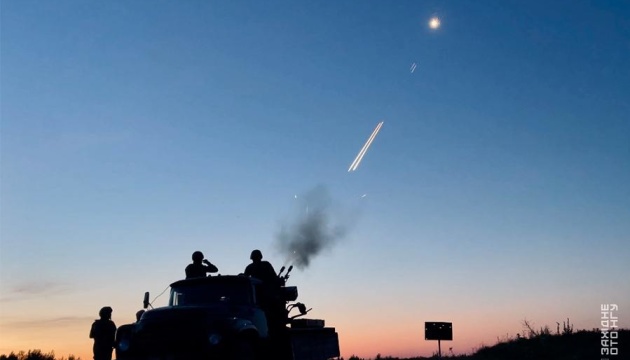No signs of coronavirus epidemic in Ukraine – Liashko
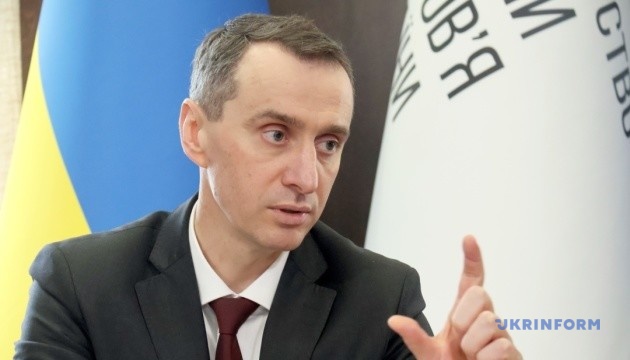



After Friday’s summit in Alaska, all eyes are on Trump to see whether he breaks with Putin in any meaningful way, writes John Bowden

© Getty

© PA Wire
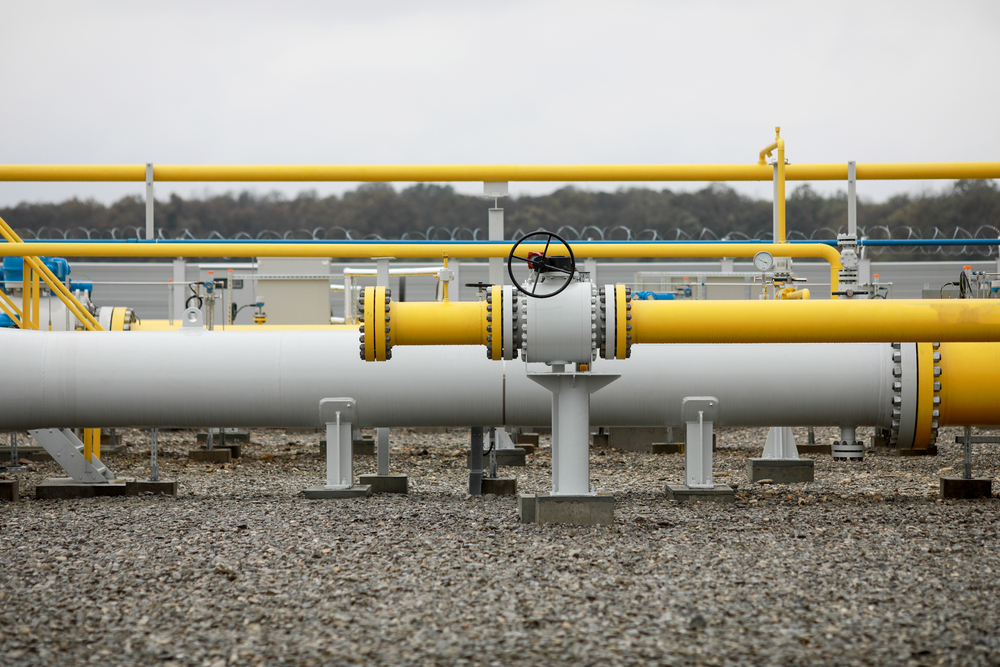

Ukrainian forces carried out a unique operation nearly 950 km from Ukraine. On the night of 18 August, the “Nikolskoe” oil pumping station in Russia’s Tambov Oblast was struck. The facility ensured the stable flow of oil along a strategic Druzha pipeline.
The Russian oil industry is the key sector financing Russia’s war against Ukraine. Despite sanctions, oil and gas still provide a significant share of the Russian budget. In 2025, Russia’s state spending on the war rose to 6.3% of GDP, the highest level since the Cold War.
“As a result of the strike, a fire broke out at the facility, and oil pumping along the Druzhba main pipeline was completely halted,” the General Staff of the Armed Forces of Ukraine reports.
Such stations maintain pipeline pressure, and without them, fuel transportation becomes impossible.
The Druzhba pipeline runs from Russia to Belarus and then branches out: northward to Poland and Germany, southward through Ukraine to Slovakia and Hungary.
After the war began, the EU halted supplies along the northern branch, but exceptions were made for Hungary, the Czech Republic, and Slovakia. These countries continue to receive oil from Russia.
“The ‘Nikolskoe’ oil pumping station is part of Russia’s economic infrastructure and is involved in supplying occupation forces,” the Armed Forces add.
Ukraine consistently targets Russia’s military-economic potential to weaken its ability to continue the war.
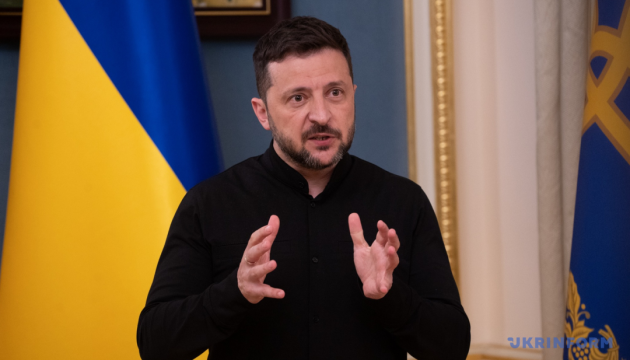

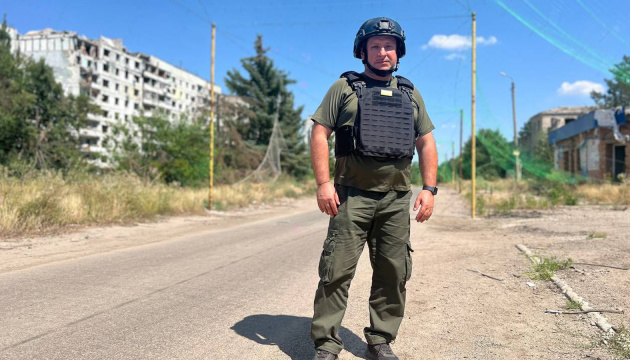



President Donald Trump nearly walked away from negotiations with Russian President Vladimir Putin during their Alaska summit when the Kremlin leader demanded complete control over Ukraine’s Donetsk Oblast, according to Axios.
Putin presented maximalist demands regarding five disputed Ukrainian oblasts during the meeting on 15 August, with particular focus on Donetsk, where Russia currently controls approximately 75% of the territory, according to the reports. The Russian president wanted all of it.
“If Donetsk is the thing here and if there is no give, we should just not prolong this,” Trump told Putin during the talks, according to a source cited by Axios. Putin reportedly backed off the demand following Trump’s threat to end negotiations.
The Alaska summit represents the opening phase of Trump’s diplomatic strategy to end the Russia-Ukraine war. Administration advisers describe the approach as focused on bringing both leaders to direct negotiations rather than securing an immediate ceasefire.
“Everything else is foreplay,” a Trump adviser told Axios. “Everything is to get to that moment for peace.”
The administration has outlined a three-step process: securing bilateral agreements with both Putin and Ukrainian President Volodymyr Zelenskyy separately, followed by trilateral talks involving all parties. Trump is scheduled to meet with Zelenskyy in Washington on 18 August.
US intelligence assessments present conflicting timelines for Russian military capabilities. One evaluation suggests Putin could capture all of Donetsk by October, while another predicts a more difficult and inconclusive campaign.
Putin agreed for the first time that the US and European allies could provide “security guarantees” to prevent further Russian aggression, Secretary of State Marco Rubio and special envoy Steve Witkoff said on 17 August.
“It would be a very big move by the President if he were to offer a US commitment to a security guarantee,” Rubio said on Fox News.
When asked whether such guarantees could include US troops stationed in Ukraine, one Trump adviser privately confirmed the possibility to Axios, while another said the details remained unclear.
Reuters previously reported Putin’s ceasefire demands from Alaska, which include Ukraine withdrawing its forces from Donetsk and Luhansk oblasts entirely.
Rubio emphasized Sunday that the US would not pressure Ukraine to surrender territory as part of any peace agreement. Zelenskyy has stated that negotiations must address the current front lines and that Ukraine’s Constitution prevents territorial concessions or land exchanges.
The Alaska summit concluded abruptly, with Trump departing Anchorage so quickly that administration officials left summit materials on a hotel printer, NPR reported. A planned working lunch between the leaders was canceled.
“20,000 Russian soldiers were killed last month, in July, in this war,” Rubio told CBS. “That just tells you the price they’re willing to pay. It’s a meat grinder, and [the Russians] just have more meat to grind.”
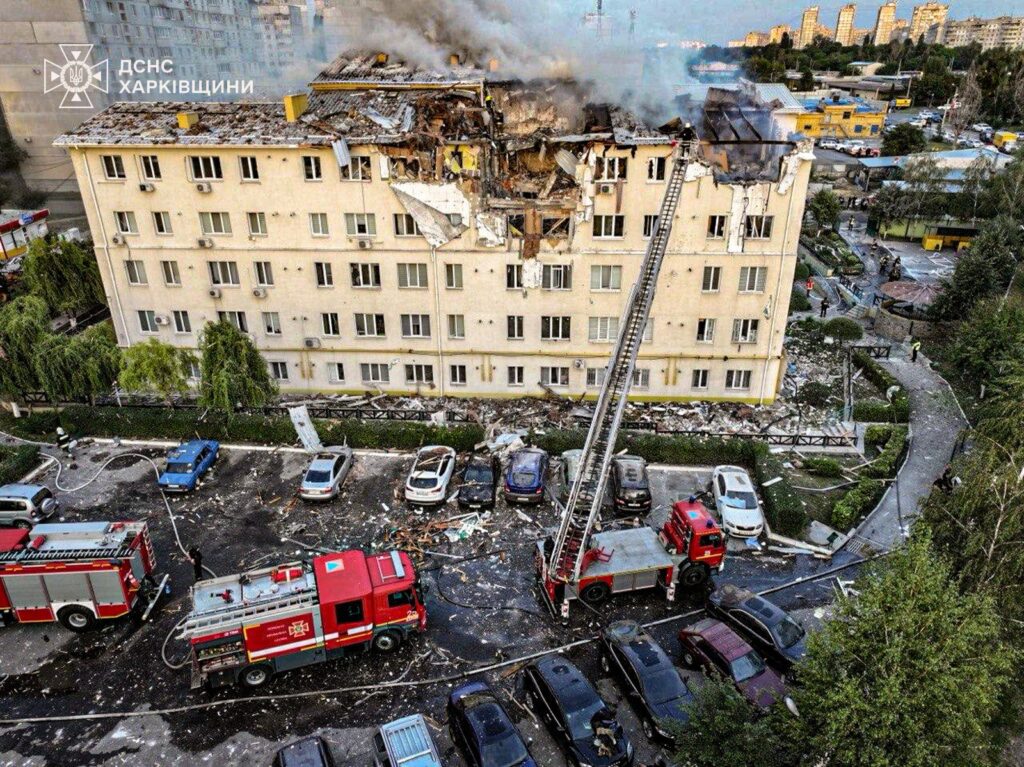

Russia has deliberately killed a family in one of the Ukrainian regions ahead of a key event for Ukraine in Washington aimed to end the war. Ukrainian President Volodymyr Zelenskyy has called the attack “absolutely demonstrative and cynical,” stressing that it was conducted right before his meeting with US President Donald Trump.
A few days earlier, the American president hosted Russian ruler Vladimir Putin, greeted with full honors as the US Army rolled out a red carpet in Alaska. During the event, Putin called Ukraine a “brotherly nation,” despite Moscow’s murder of Ukrainian civilians in Russian air assaults.
After that meeting, Trump dropped his demand for an immediate ceasefire and argued that a quick peace deal could be reached if Zelenskyy agreed to hand over Donbas to Russia, including areas not currently occupied by Russian troops.
In Kharkiv, seven people were killed, including an 18-month-old child. Nearly 34 others were injured, six of them children. The city declared a day of mourning. Five drones deliberately approached the building from different directions, striking as residents slept inside, Ukrainian authorities say.
Russia also launched missile strikes on Zaporizhzhia and Odesa. In Zaporizhzhia, three people were killed and another 20 injured. In Odesa, a drone hit an energy facility owned by an Azerbaijani company, threatening Ukraine’s energy security as well as its relations with international partners.
“Everyone wants a just peace and true security. And at this very moment, the Russians strike Kharkiv, Zaporizhzhia, Sumy, Odesa, residential buildings, our civilian infrastructure. This is the deliberate killing of people by the Russians, the killing of children,” the Ukrainian president emphasizes.
According to him, the attacks are a direct tool of Kremlin pressure on Ukraine and the EU ahead of diplomatic negotiations.
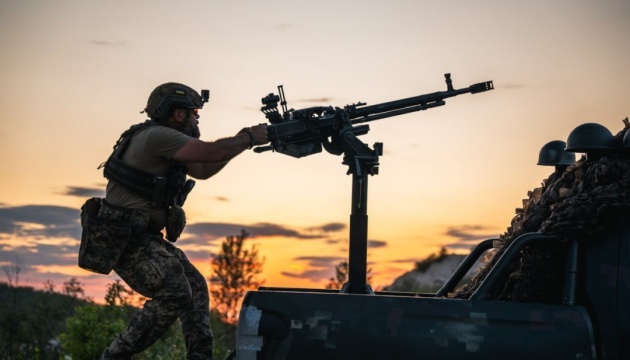

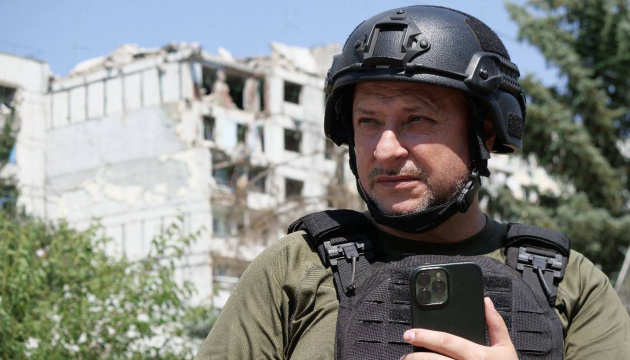

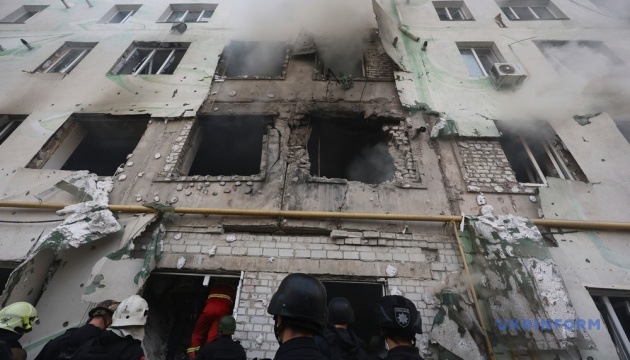

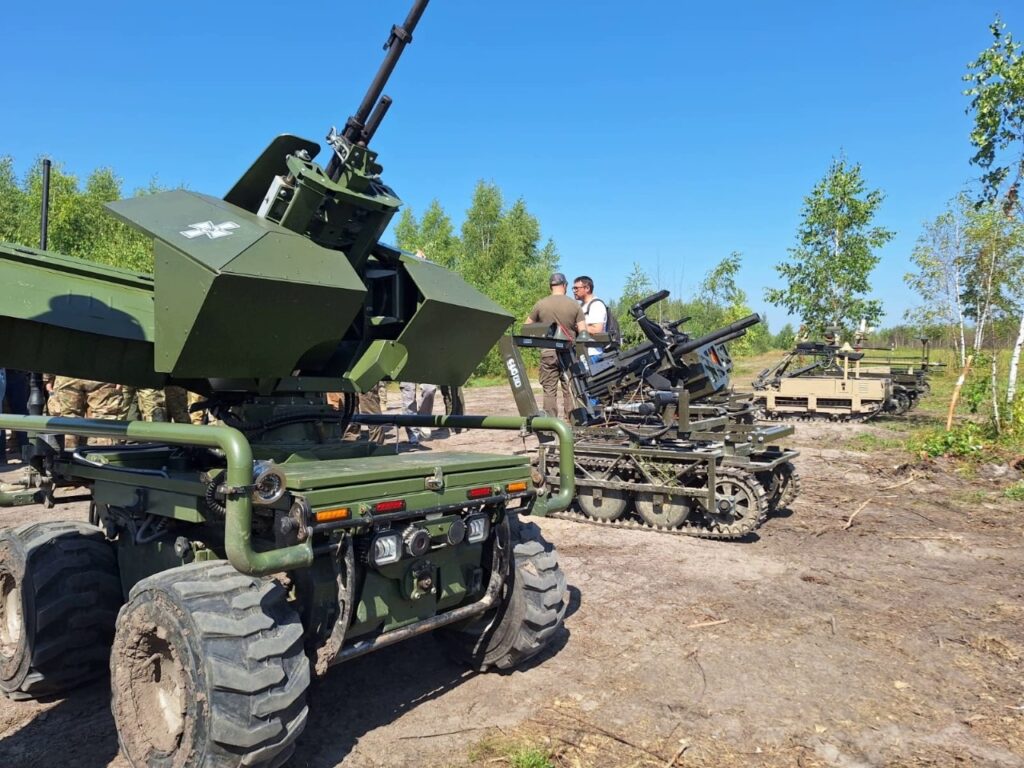

Ukraine has secured access to Europe’s defense strategy table. This spring, the EU granted Ukraine “associated country” status in its €1 ($1.17) billion Defence Fund. Now, for the first time, Ukrainian companies can compete for contracts and co-develop military systems that will protect Europe.
Ukrainian defense firms can now bid for EU contracts, partner with European companies, and help design tomorrow’s battlefield technologies.
According to Delo.ua, up to €1 billion could flow to Ukraine through these partnerships from the 2025 budget — if companies prove competitive.
This is not some favor Brussels is doing for Ukraine, but a two-way cooperation in which European financing is helping partners in the EU get access to technological innovations Ukrainian engineers have been forced to solve ahead of anyone else in the world.
When Russian electronic warfare jammed Western drones, Ukrainian companies developed unjammable alternatives. When expensive air defense systems ran out of missiles, Ukraine created cost-effective solutions.
European Defense Commissioner Andrius Kubilius acknowledged this on 30 April when announcing the €910 million ($1 billion) 2025 program covering 33 projects. The timing reflects Europe’s broader strategic shift — on 27 May, EU ministers approved a separate €150 ($175) billion arms fund.
The European Defense Fund operates through competitive consortia where companies from different EU countries collaborate. Ukraine can join these teams on equal terms with German, French, or Polish firms.
Key competition areas:
The €1 billion figure represents Ukraine’s potential share across multiple projects. Since the total program is worth €1.065 ($1.24) billion, success depends on how competitive Ukrainian solutions prove.
Ukraine’s entry ensures European military systems will be designed with actual combat experience, not theoretical peacetime scenarios. For decades, EU defense companies designed weapons for high-precision small-unit warfare, pinpointing mostly terrorist targets.
Ukraine brings expertise from high-intensity warfare, which is exactly the threat Europe faces now.
The partnership also reduces Ukraine’s dependence on emergency aid. Instead of relying on countries to donate weapons from old stockpiles, Ukraine can help develop next-generation defense systems while securing long-term industrial partnerships.
This signals Europe’s recognition that Ukraine isn’t a temporary security problem but a permanent strategic partner. Whether Ukraine wins major contracts or smaller shares, the access fundamentally changes the relationship from charity recipient to competitive partner.

‘It’s amazing,’ the biker told Russian state media

© Handout

Sir Keir Starmer released a video message while flying to Washington, D.C., ahead of his planned meeting with Donald Trump and Ukrainian president Volodymyr Zelensky.

© X/@Keir_Starmer
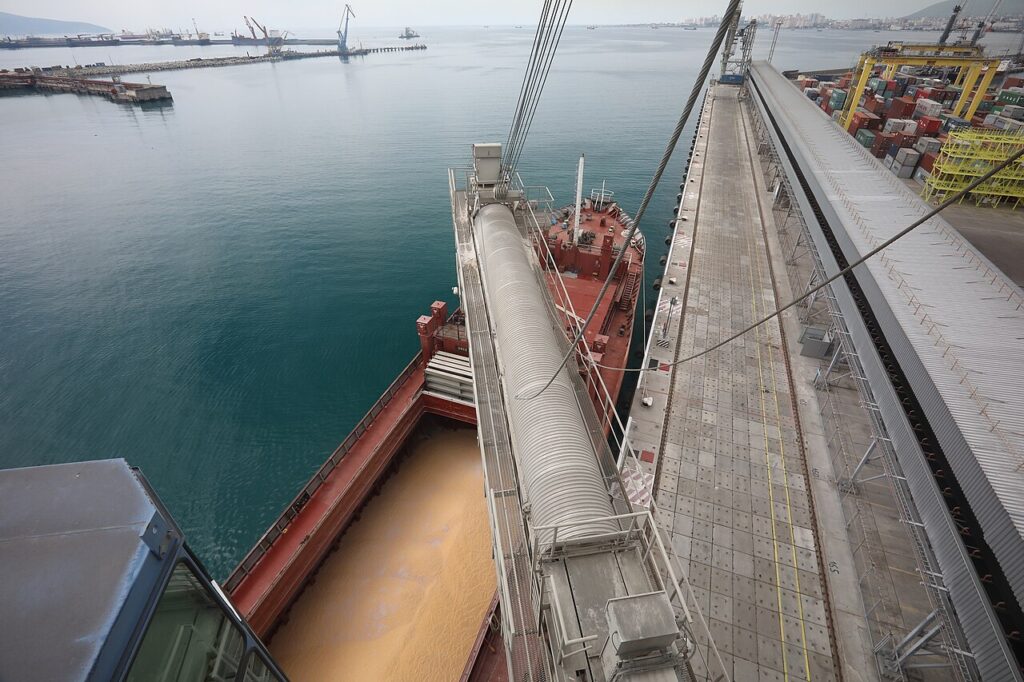

How is Russia circumventing sanctions? By sea. Ukrainian intelligence has revealed details of operations involving 42 ships engaged in transporting sanctioned Russian and Iranian oil, stolen Ukrainian grain and coal, as well as bunkering activities of the so-called “shadow fleet.”
Among the identified vessels is a floating storage unit of Russia’s Lukoil company in the Caspian Sea, used for transferring oil to “shadow fleet” tankers. Why does this matter? Under sanction and diplomatic pressure, many countries refuse to register such ships. Moscow responds with fraud: false flags, fake maritime registries, and falsified documents.
Russia’s systematic theft of Ukrainian grain from occupied territories has become a central feature of its war strategy, with millions of tons looted since 2022. The funds from such shadow operations are used to finance its war machine.
According to the International Maritime Organization (IMO), over 300 ships worldwide currently sail under fake flags and fraudulent documentation, creating global risks for maritime trade and shipping safety.
The new “Ships” section on Ukraine’s War&Sanctions portal led by the intelligence agency displays over 100 Russian and Iranian tankers operating under fake flags of Panama, Malawi, Comoros, Guinea, and Palau.
HUR explains that all such vessels should be fully banned from servicing, port calls, and international straits. Flag states and the IMO must exercise strict and timely control.
Overall, the portal now contains data on over 1,000 ships and 155 captains involved in transporting weapons and stolen products from temporarily occupied Ukrainian territories. This is not mere statistics — each vessel and captain reflects a complex network of Moscow and Tehran’s sanction-evading schemes.
The War&Sanctions portal enables monitoring of these schemes and provides global regulators with concrete data for action against violators.
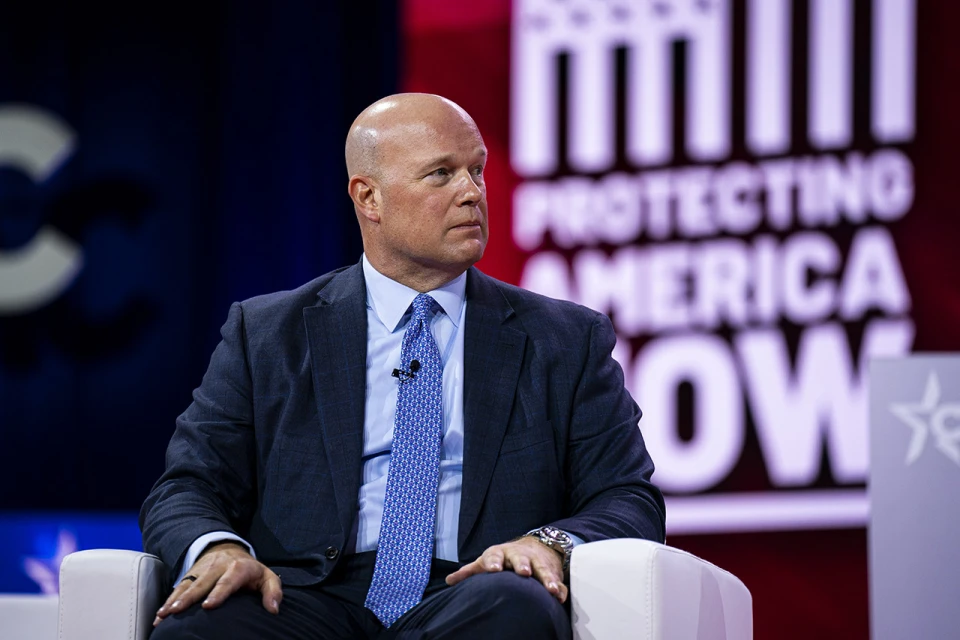

Ukraine will become a major military equipment supplier to European countries following the end of its war with Russia, US Ambassador to NATO Matthew Whitaker said in an interview with Fox News.
The diplomat said that Ukraine would become a major supplier of military equipment to Europe against the backdrop of increased defense spending by its countries.
Whitaker said that substantial financial resources will flow into Ukraine, primarily from Europe, to assist with the country’s post-war reconstruction.
The ambassador’s comments follow December 2024 statements by Donald Trump, who warned the United States could withdraw from NATO if European countries failed to increase their defense spending from the then-current 2% to 5% of GDP.
During the NATO summit in The Hague in June, alliance leaders agreed to raise defense expenditures to 5% of GDP over the next 10 years.
The Stockholm International Peace Research Institute (SIPRI) previously calculated that global defense spending reached record post-Cold War levels last year.


Ukrainian Armed Forces Commander-in-Chief General Oleksandr Syrskyi said in an interview with RBC-Ukraine that Russian forces have suffered defeat in the Sumy direction and are now redeploying troops to other front sections.
Russian forces launched a cross-border offensive into Ukraine’s Sumy Oblast in early 2025, aiming to counter Ukrainian advances in Kursk. Despite initial Russian territorial gains and sustained attacks, Ukrainian forces have halted the Russian advance by mid-2025, stabilizing the front line and conducting active defense and counterattacks in the oblast.
“In Sumy Oblast, the enemy (Russian forces) has suffered defeat,” Syrskyi said.
The Ukrainian commander said that Russia had concentrated a powerful grouping in the Sumy Oblast, including elite units.
“Despite the fact that a truly powerful grouping was concentrated there from the best Russian units – paratroopers, marines and the best motorized rifle units of the ground forces, the enemy had no success in the last two months. On the contrary, it lost several settlements,” he said.
Syrskyi highlighted the failure of Russia’s most recent offensive attempts. The latest Russian effort to advance near Stepne and Novokostiantynivka ended in complete failure, according to the commander.
“The Russian forces were destroyed, thrown back beyond the state border,” Syrskyi said.
Ukrainian forces continue their advance in this direction while Russia has begun withdrawing troops from the Sumy Oblast. “The Russian forces, understanding the futility of this direction of its actions, is now transferring units from there to other directions, mainly to Zaporizhzhia,” Syrskyi concluded.
The commander previously said in late June that Ukrainian defenders had managed to stop Russian forces in Sumy Oblast. The Institute for the Study of War (ISW) reported that Ukrainian forces achieved certain successes in northern Sumy Oblast.
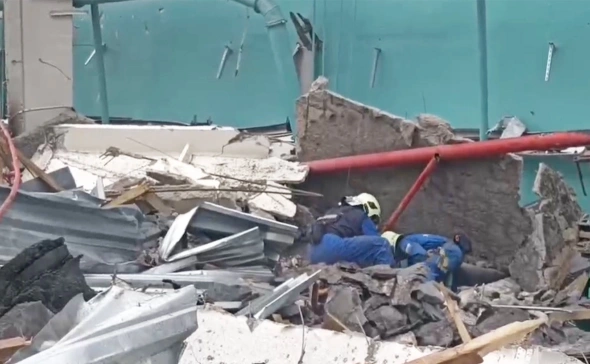

The death toll from an explosion at a gunpowder manufacturing facility in Russia’s Ryazan Oblast has risen to 20, according to the regional emergency response headquarters.
The blast occurred on morning of 15 August at the Elastik plant’s powder workshop in Shilovsky district.
The regional operational headquarters reported that some 134 people were injured, with 31 patients currently hospitalized in Ryazan and Moscow medical facilities.
Preliminary investigation findings point to violations of industrial safety requirements as the cause of the explosion and subsequent fire, according to investigators.
The Elastik plant manufactures explosive materials and gunpowder products, primarily for military use. It has experienced several serious explosions, including a deadly one in 2025 that destroyed its gunpowder workshop. The incident on 15 August marks one of the deadliest industrial accidents in the region in recent years.
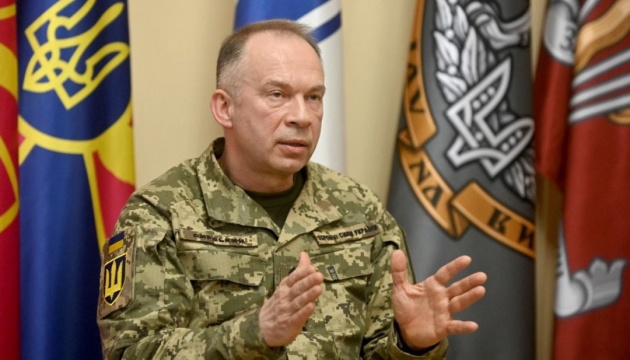


Sir Keir Starmer repeated his vow that Britain is prepared to put troops on the ground in Ukraine

© X/@Keir_Starmer
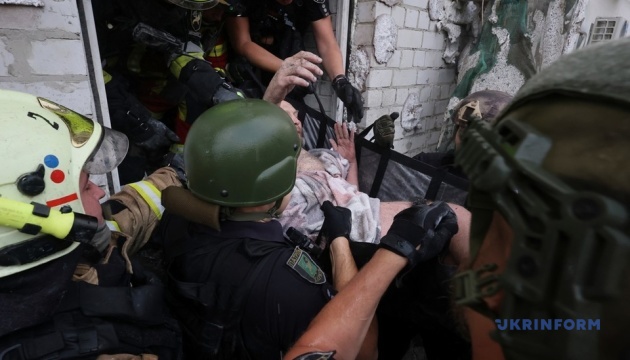


The Ukrainian President has not worn a suit since the beginning of Putin’s invasion in February 2022

© AFP via Getty Images
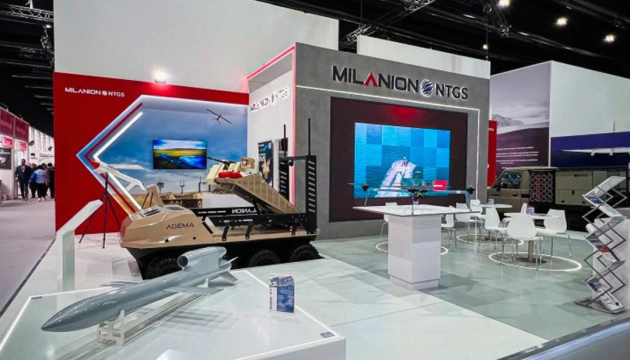

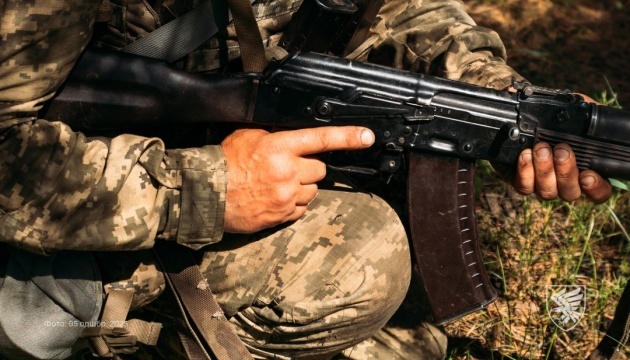


The delegation of European leaders who will fight Zelensky’s corner as the US president decides Ukraine’s fate could still play a blinder – but however heartening the show of solidarity, they are but supplicants, says Sean O’Grady

© PA
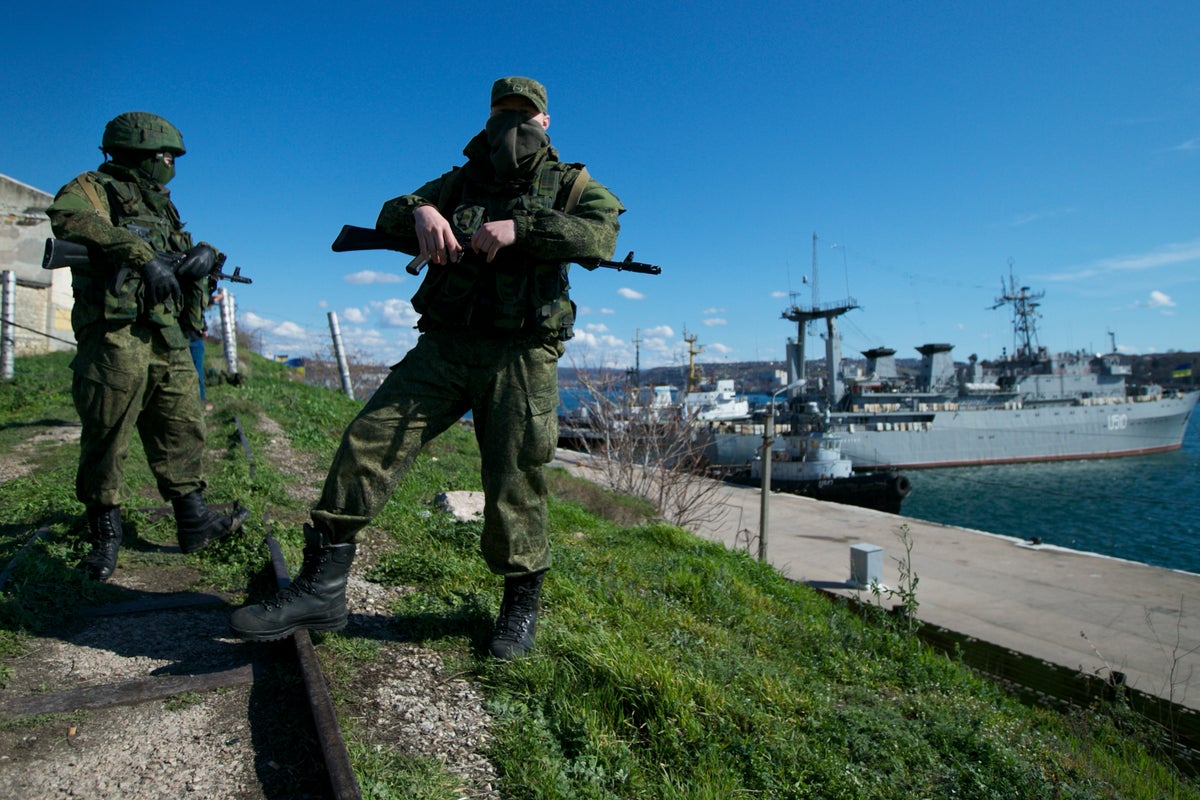

© Copyright 2014 The Associated Press. All rights reserved


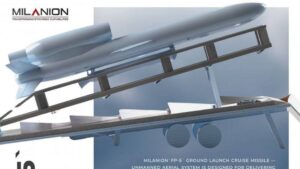 |
Ukraine’s Flamingo missile is for blasting Russian factories. Ukraine has a new cruise missile. It may be one of the hardest-hitting missiles in the world. But it’s unclear how many Kyiv can afford. |
 |
144 Russian prison guards exposed for torturing Ukrainian POWs—investigation reveals daily routine of cruelty and family life. The Molfar Intelligence Institute, a Ukrainian NGO, traced how guards commit war crimes and then return to allegedly normal homes. |
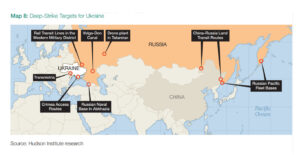 |
Hudson Institute lists Russia’s eight most fragile military arteries Ukraine could sever next to break the stalemate. A new report highlights targets ranging from Crimean bridges to drone factories that sustain Moscow’s war effort. Analysts argue that striking these weak points could paralyze Russia’s logistics and increase the cost of occupation. |
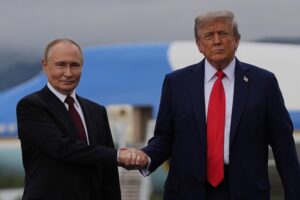 |
Alaska surrender: Putin scores total victory, Trump turns pressure on Ukraine. Trump abandoned $205 million daily sanctions against Russia while demanding Ukraine surrender its fortress belt—territorial concessions unprecedented since 1945. |
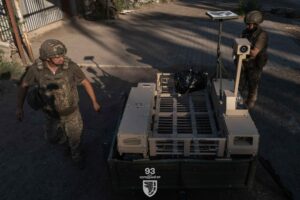 |
Robot counterattack! Ukraine rolls gun-‘bots into brutal Pokrovsk battle.. Wheeled robots firing machine guns are helping Ukrainian troops defeat a deep Russian incursion near Pokrovsk. |
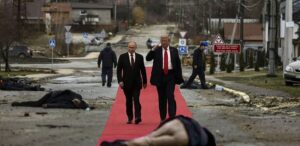 |
Editorial: The summit that peacewashed genocide. Putin left Alaska knowing genocide pays. Every dictator was watching. |
Ukrainian sniper pulls off record 4-km shot that killed two Russians. Yes, it took AI. The strike near Pokrovsk used a 14.5 mm Snipex Alligator rifle guided by drones and AI, doubling the weapon’s official range.
Russia launched 60 drones and a missile overnight—Ukraine downed 40, but 12 locations still hit. Air Force says waves of Shaheds and decoys struck targets in three frontline oblasts late on 16 August.
Kadyrov’s fighters were driving truck into Melitopol base when Ukraine struck, wiping out Russian aresenal. The Ukrainian intelligence struck deep in the occupied city, destroying a key military arsenal.
Frontline report: The clock is ticking for Azov to turn Russia’s Pokrovsk breakthrough into a trap
. Azov’s mission exploits Russian overextension—troops pushed 13 kilometers in four days but left flanks exposed.
Ukraine hit a Russian convoy in Kursk — deputy commander of Moscow’s North grouping lost an arm and leg. The strike in Kursk Oblast forced Moscow to rush its deputy commander to emergency surgery, HUR says.
A direct drone strike lit up Liski rail station—Russia confirmed train delays across its southern network (video). Despite claiming mass interceptions, Russian officials acknowledged the hit on one of their key transport arteries.
Volgograd refinery goes up in smoke again—two days after a major drone strike (video). The fire broke out during reported “repairs” as emergency vehicles rushed in and sirens rang across the city.
Pokrovsk cleared of Russian infiltrators — but Dobropillia front still unstable, Ukrainian military says. Ukrainian forces also cleared villages near Dobropillia, including Hruzke, Rubizhne, Novovodiane, Petrovka, Vesele, and Zolotyi Kolodiaz, dissecting the Russian push.
Frontline report: Russian commanders vanish after questioning orders of “meat grinder” near Pokrovsk. Russia systematically uses deceived Central Asian migrants and forcibly mobilized separatists from occupied areas as cannon fodder, reflecting Moscow’s willingness to sacrifice marginalized populations for symbolic land victories.
Frontline report: Azerbaijan is mass-producing 122mm and 155mm shells — Ukraine wants them all. Russia hit Azerbaijan’s oil sites in Ukraine. Baku answered by threatening to send weapons.
Ukraine sanctions Russia’s international AI drone networks. Russian, Chinese, and Belarusian companies hit with new sanctions for supplying Russian drone manufacturing.
The Economist: Trump team is “unbelievably aggressive” toward Ukraine in land concession push. A Kyiv officer warned US negotiators are pressing Ukraine to yield territory, raising fears Washington is advancing Russia’s interests.
Europe ditched Ukraine troop plan 4 days ago — now it’s back after US security promise. Trump’s Article 5-style pledge, reportedly agreed in Alaska talks with Putin, revived plans for a multinational force in Ukraine.
. Steve Witkoff said Russia agreed to NATO-style protections for Kyiv and to pass a law forbidding future Russian invasions of European countries.
Trump met Putin – now Zelenskyy brings 5 European leaders, NATO, and the EU to the Oval Office. The Washington meeting comes days after Donald Trump’s Alaska talks with Vladimir Putin unsettled Kyiv and its allies.
One note forced failed Russian businessman to choose survival over duty on Toretsk front. A former crypto entrepreneur, thrown into combat, obeyed a drone’s message and escaped the fate of his comrade.
Read our earlier daily review here.
You could close this page. Or you could join our community and help us produce more materials like this.
We keep our reporting open and accessible to everyone because we believe in the power of free information. This is why our small, cost-effective team depends on the support of readers like you to bring deliver timely news, quality analysis, and on-the-ground reports about Russia's war against Ukraine and Ukraine's struggle to build a democratic society.
Become a patron or see other ways to support.
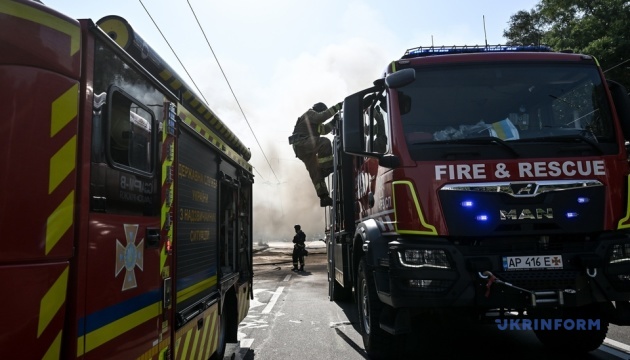


Ukraine and democracy itself are in the crosshairs of Putin’s greatest asset - Donald Trump - and Europe’s in a panic, writes world affairs editor Sam Kiley

© Copyright 2025 The Associated Press. All rights reserved
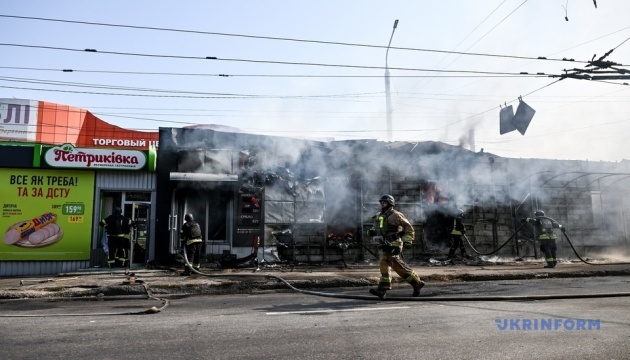

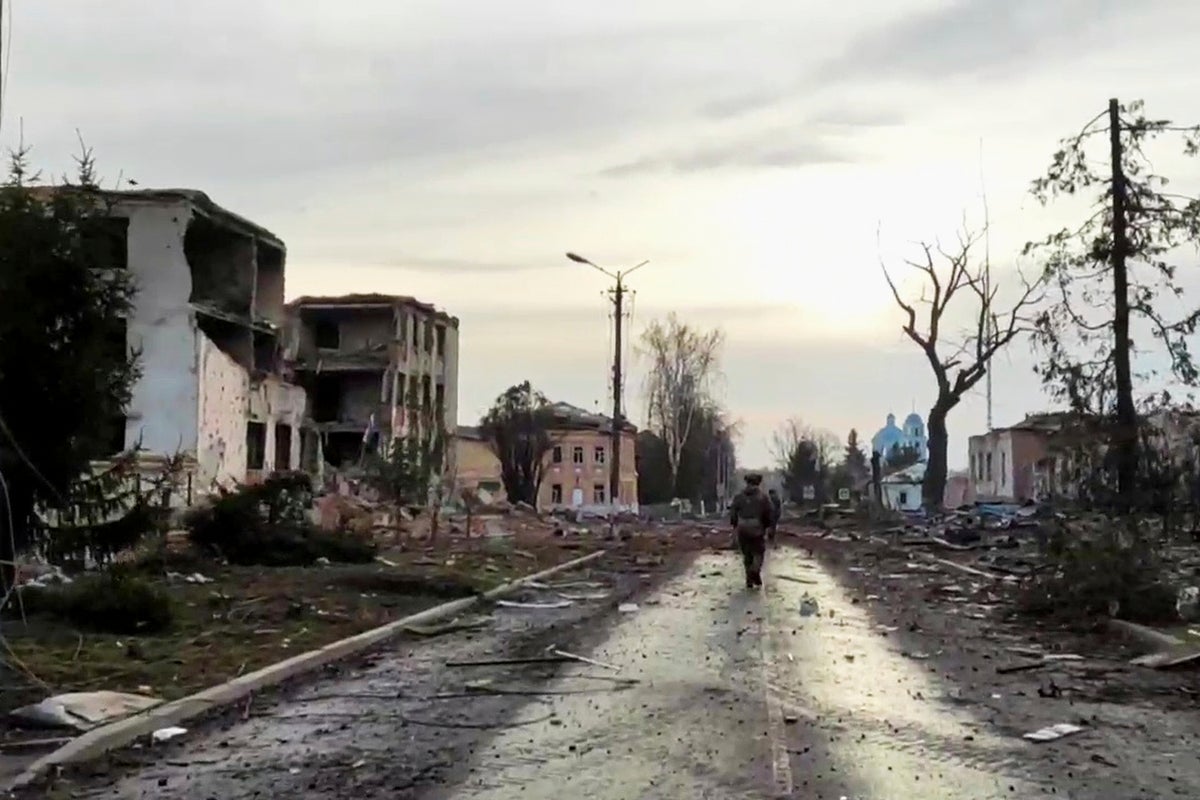

© Russian Defense Ministry Press Service
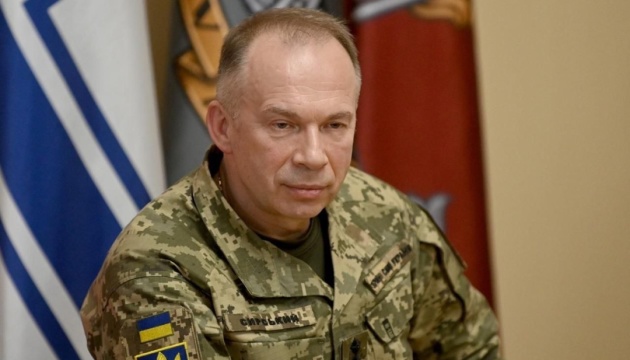

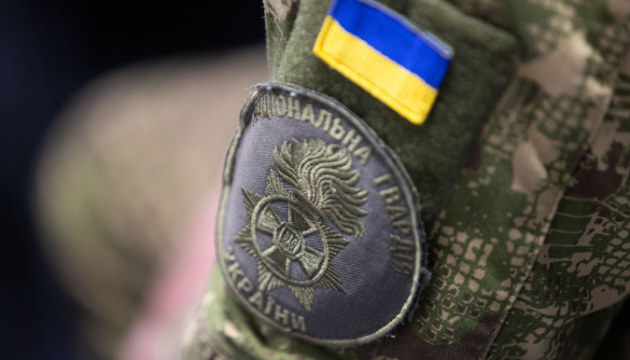


The area has become the focal point of escalating tensions between Russia and the West

© AP


Russian propagandists published a video showing Russian military forces riding an American-made armored vehicle flying both Russian and American flags allegedly in occupied Ukrainian territory.
The propaganda video emerges against the backdrop of the controversial Trump-Putin summit that took place on August 15, 2025, in Anchorage, Alaska. The meeting failed to produce a peace deal for Ukraine, despite Trump’s expectations for progress.
The footage shows what was described as a “trophy” American M113 armored personnel carrier adorned with flags from both nations. Russian propagandists claimed the vehicle was “rushing into battle” near the village of Mala Tokmachka in Zaporizhzhia Oblast.
Andriy Yermak, Head of Ukraine’s Presidential Office, strongly condemned the propaganda video.
“How should this be understood? Russian propagandists are showing a video where Russian equipment goes on the attack with flags of Russia and the USA,” Yermak wrote on Telegram. “In fact, Russians are using United States symbols in their own terrorist, aggressive war with the killing of civilian people. Maximum audacity.”
The authenticity of the video could not be verified by Euromaidan Press.
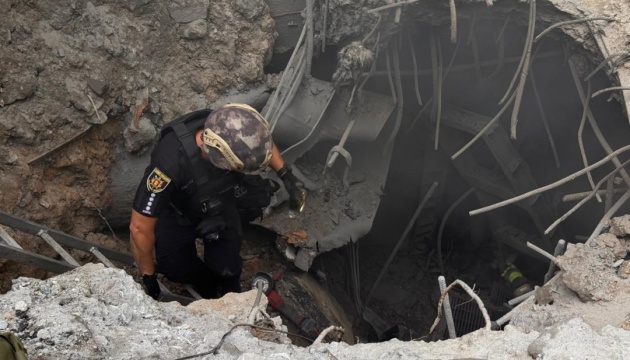

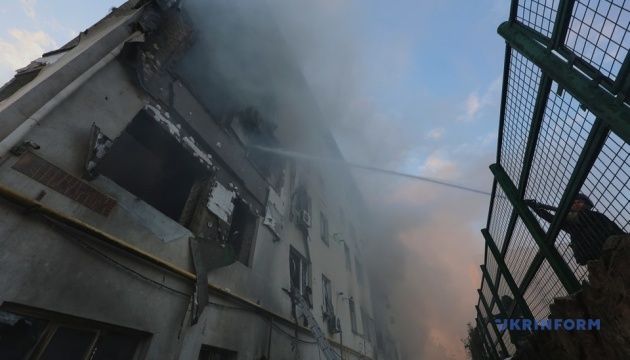


Watch live as Donald Trump and Volodymyr Zelensky meet at the White House for crucial Ukraine talks on Monday, 18 August.

© AFP/Getty
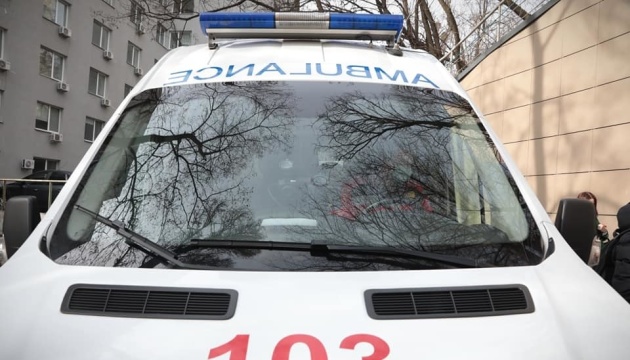

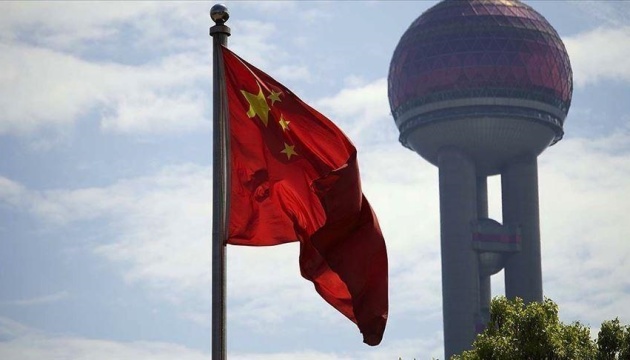

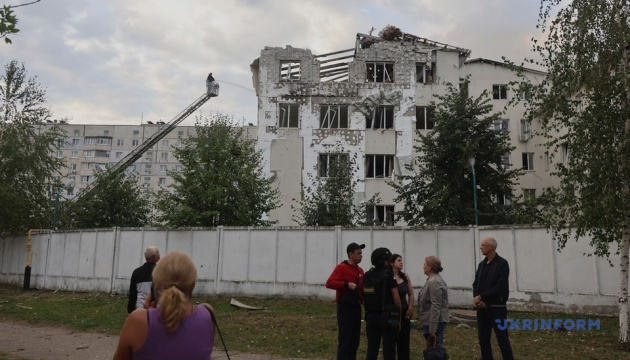


President ricochets from one topic to another on Truth Social ahead of latest pivotal Ukraine talks

© AFP/Getty
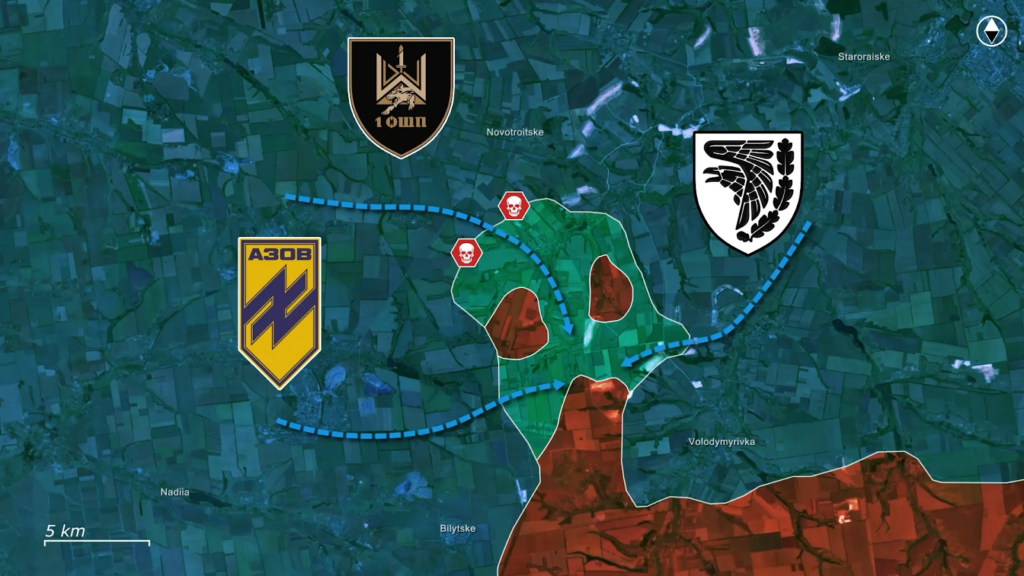

Day 1271
On 17 August, the biggest news comes from the Pokrovsk direction.
The Azov army corps has taken up full operational control over stabilizing the Russian breakthrough at Pokrovsk. With the situation reaching critical levels and threatening to overturn a year of Ukraine’s fortification work, Azov and its battalions are immediately getting to work on smashing the Russian salient back across the river.

As Russians took Ukrainians by surprise, they broke through 18 kilometers deep behind the Ukrainian front line and penetrated through Ukraine’s new Donbas defense line while it was unmanned. However, as the reality of the situation got through to the Ukrainian high command, they acted quickly and redeployed Ukraine’s 1st national guard army corps, led by the famed Azov brigade at its head. The Russian salient is deep but narrow, enough so that it could be pincered, cut off from reinforcements, and destroyed if the Azov corps was up to the task.

The recently redeployed forces immediately got to work, as the first step was to prevent the Russians from expanding their salient, allowing them to entrench and threaten Ukrainian logistics further on an operational scale. Open source military analysts show that the 1st Da Vinci assault regiment attacked the Russian breakthrough head-on, and during the first day of clashes, they were able to blunt the spearhead and push the Russians back to Zolotyi Kolodiaz. Recent reports from various Russian, Ukrainian, and Western military analysts now show that they conducted a follow-up operation the next day, and pushed Russians out of the settlement and are overrunning Russian positions up to 4 kilometers below; recapturing the New Donbas Defense line in the process.

Further south along the thin Russian salient, elements of the Azov brigade launched rapid counterattacks on the Russians’ left flank, as the 93rd mechanized brigade assaulted the Russians from the east. Satellite data shows numerous impact craters of Russian aviation glide bombs all over both sides of the salient, the locations of which indicate the Ukrainian attack was very successful and resulted in the capture of Kutuzivka, with prominent Russian and Ukrainian sources noting Ukrainians have fully encircled the Russians in two separate pockets.
Possibly realizing their goals were becoming too ambitious, Russians attempted an offshoot maneuver between Rodynske and Bilytske, hoping to at least achieve an operational encirclement of Pokrovsk as their larger breakthrough was faltering.

However, Azov quickly responded to this maneuver as well, rapidly cutting off the Russian axis of advance and eliminating dozens of Russian soldiers.

Command of the Azov units reports that in the past several days of fighting, the 1st Army Corps has eliminated 271 Russian soldiers, wounded over 101, and has taken 13 Russian men as prisoners of war. Geolocated combat footage shows Ukrainian drones dropping grenades on Russian soldiers in fields and captured Ukrainian-made fortifications, fiber optic FPV’s eliminating Russians in houses and around the settlements, and four young Russian men having been taken prisoner after immediately surrendering to Ukrainian forces once the counterattacks commenced.
Notably, while Russians have crossed the Kazenyi Torets River, they did not take control of any major river crossings or a particularly wide base to transfer manpower and logistics over. Therefore, Russian sources report that Ukraine’s highly mobile drone detachments have now focused their fire on the base of the Russian salient at the river.

Russian analysts note they have completely lost control over this area, as Ukrainians have now officially and effectively cut off the Russian breakthrough through drone fire control, without having to expend any manpower to conduct a physical counterattack. Notably, Ukrainians were then able to physically move into Nykanorivka and Nove Sakhove, with the rest of the area being returned to the grey zone and under tight Ukrainian drone control.

Overall, Ukrainians have curbed the immediate threat of the Russian Dobropillia breakthrough and completed the encirclement of an estimated 800 Russian soldiers, hundreds of whom have already been eliminated in the fighting of the past few days. The Azov army corps’ decisive actions have been highly successful, blunting the Russian spearhead, pushing Russian forces away from critical supply lines, dismantling additional attempts to branch out, encircling Russians in several pockets with little cover to hide, and most importantly, clearing Russians out of the New Donbas Defense line; eliminating the operational-level threat posed by the Russian salient only days earlier.

Now, Ukrainians are poised to finish the job, to completely destroy what remains of the already brutalized Russian soldiers.

In our regular frontline report, we pair up with the military blogger Reporting from Ukraine to keep you informed about what is happening on the battlefield in the Russo-Ukrainian war.
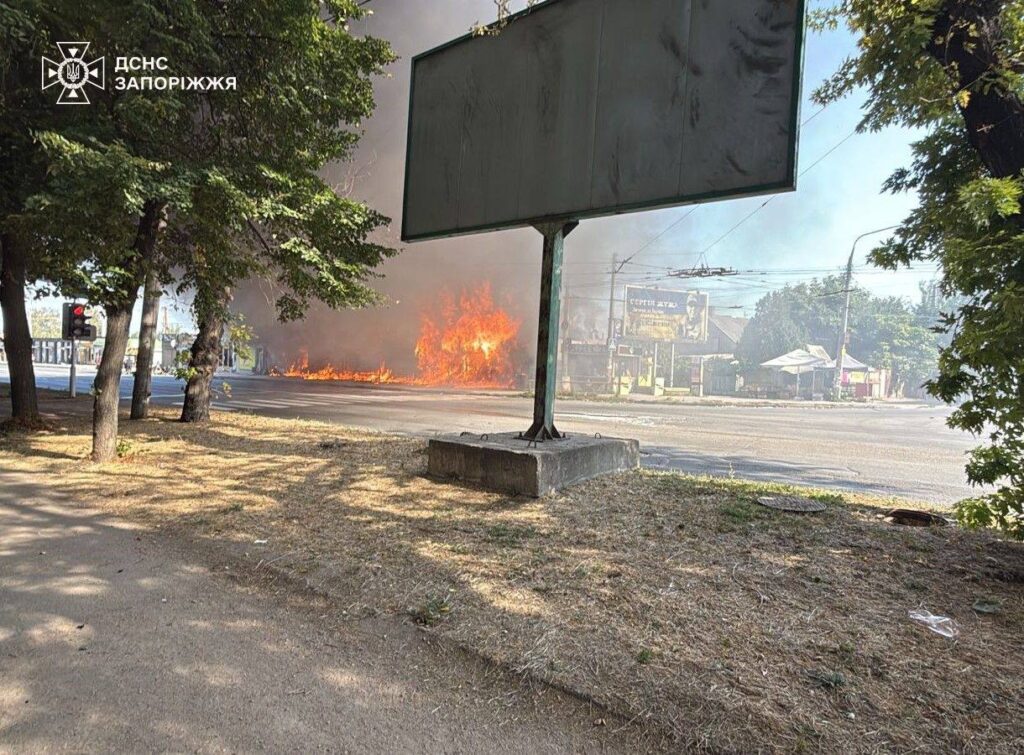

Russian forces launched ballistic missile strikes on Zaporizhzhia on the morning of 18 August, injuring six people in the regional center, according to Zaporizhzhia Oblast Governor Ivan Fedorov.
According to Fedorov, at least two explosions followed in the oblast shortly after the warning about the attack.
“Russian Forces deliberately try to hit the city’s critical infrastructure,” Fedorov said.
The casualty count increased throughout the morning. By 10:02 am, six people had been injured, with two hospitalized in serious condition, reports the regional administration.
The attack followed an evening airstrike on 16 August that killed a 15-year-old boy in the village of Novoyakovlivka. The teenager’s entire family – parents and younger siblings – sustained injuries in that strike. Two additional men were also wounded.
The combined casualties from both attacks total 17 people injured and one killed across Zaporizhzhia Oblast over a 12-hour period.
Russian forces have repeatedly targeted energy infrastructure and civilian areas in Zaporizhzhia Oblast since the start of the full-scale invasion. The region hosts Europe’s largest nuclear power plant, currently under Russian occupation.
Overnight on 18 August Russian forces also targeted Kharkiv and Odesa. About six people are killed in Kharkiv, including two children.
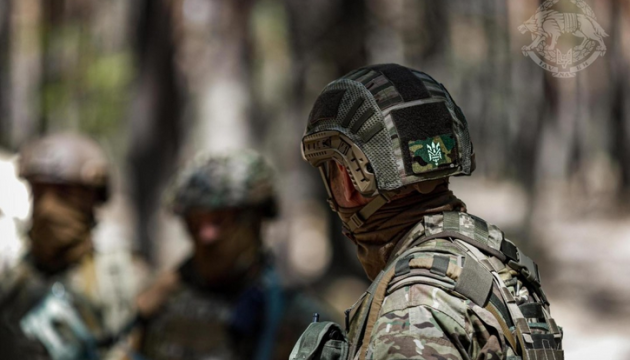

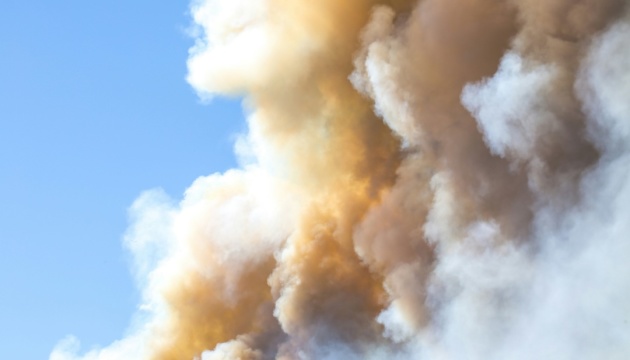

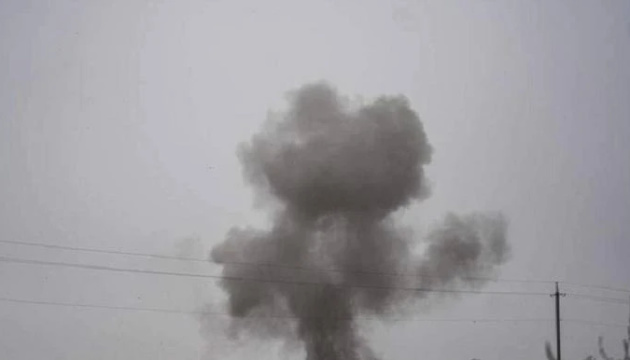

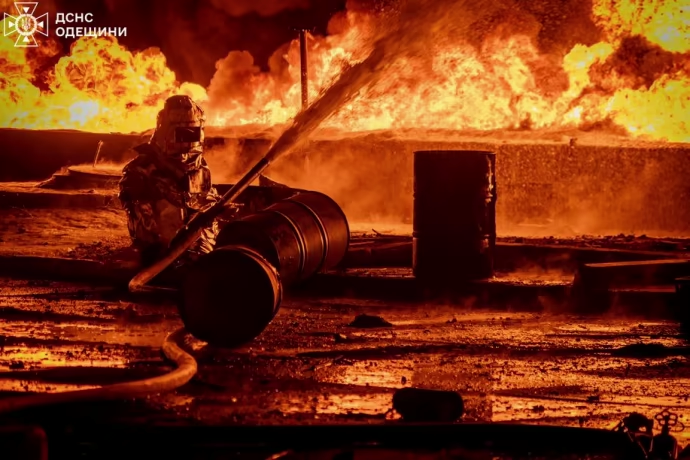

Russian forces launched a drone attack on oil terminals belonging to Azerbaijan’s state oil company SOCAR in Odesa Oblast overnight on 18 August, triggering a major fire at the fuel infrastructure facility, according to regional officials.
Odesa Oblast Governor Oleh Kiper said that despite active air defense operations, the attack resulted in significant damage in the Odesa district.
A fire broke out at a fuel and energy infrastructure facility and a two-story building in the suburbs of Odesa, according to Kiper.
Former Deputy Prosecutor General Gunduz Mamedov identified the target as SOCAR’s oil terminals in a social media post. Sources within Ukraine’s State Emergency Service told Ukrainska Pravda that 10 drones were used in the attack on the Azerbaijani facility.
The emergency response involved over 100 personnel, including rescuers, volunteers, National Guard firefighters, and local fire brigade teams. Ukrainian Railways deployed a fire train to assist with extinguishing the blaze.
Preliminary reports indicate no casualties or injuries resulted from the attack.
This marks the second strike on SOCAR facilities in Odesa Oblast within 10 days. On 8 August, Russian forces hit the same oil depot with five Shahed-type drones, causing fires and damaging a diesel fuel pipeline.
The overnight assault was part of a broader Russian attack involving four missiles and 140 drones targeting multiple Ukrainian oblasts. Ukraine’s Air Force reported that air defense systems shot down or suppressed 88 Russian drones across northern, southern, eastern, and central areas of the country by 9:00 am.
The attacks resulted in confirmed strikes at 25 locations across Donetsk, Kharkiv, Sumy, Dnipropetrovsk, Odesa, and Kyiv oblasts.
The Russian military regularly attacks Ukrainian oblasts with various types of weapons, killing civilians and destroying hospitals, schools, kindergartens, energy and water supply facilities. The Ukrainian authorities and international organisations qualify these strikes as war crimes by Russia and emphasise that they are of a targeted nature.
Overnight on 18 August, Russian forces also attacked residential building in Kharkiv, killing five people, including two children.
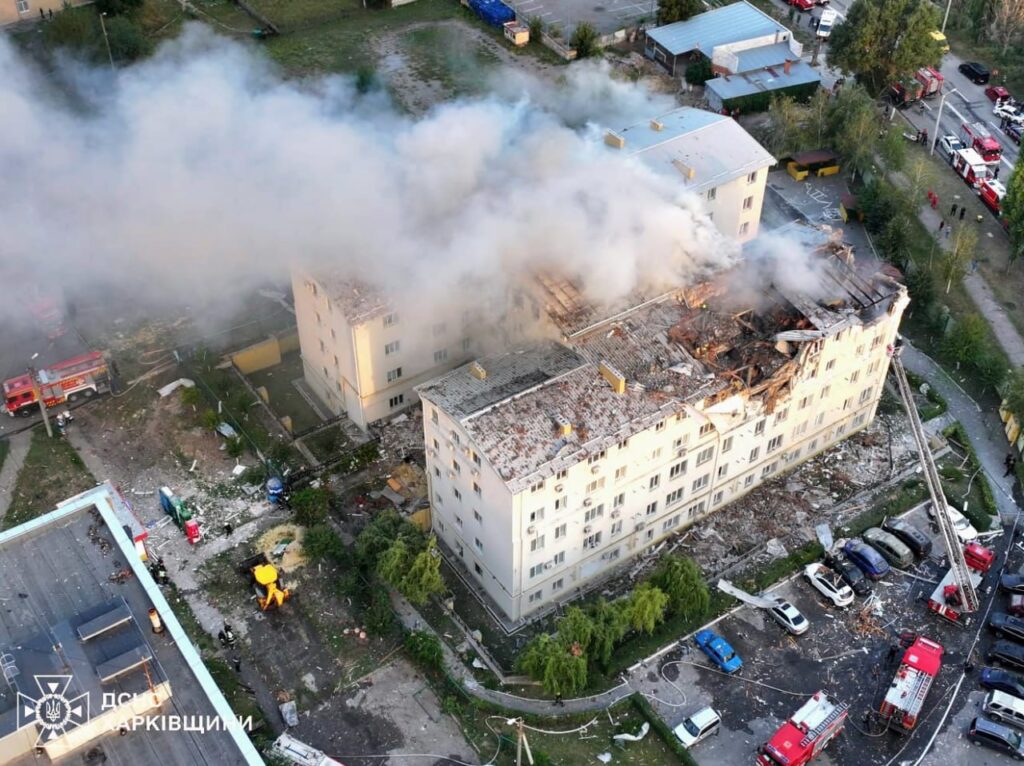

Rescue workers have recovered another body from the rubble of a residential building damaged by Russian strikes in Kharkiv, bringing the death toll to five people, including two children.
According to Kharkiv Mayor Ihor Terekhov, there are already four dead, including one child.
Kharkiv Oblast Governor Oleh Syniehubov later confirmed the fifth casualty, including a 1.5-year-old girl and a 16-year-old boy.
The number of injured has reached 20 people as of 9:30 am, with six children among the casualties, according to the State Emergency Service of Ukraine. Rescue teams have saved two people from the debris, and search operations continue.
About five people are currently considered missing, according to Syniehubov.
Russian forces targeted Kharkiv with Geran-2 type drones, with four unmanned aerial vehicles hitting a five-story residential building. The strike caused structural damage and fires broke out in the building.
Mayor Terekhov said that 18 August has been declared a day of mourning in Kharkiv for the victims of the attack.
The Russian military regularly attacks Ukrainian oblasts with various types of weapons, killing civilians and destroying hospitals, schools, kindergartens, energy and water supply facilities. The Ukrainian authorities and international organisations qualify these strikes as war crimes by Russia and emphasise that they are of a targeted nature.
The deadly strike on Kharkiv was part of broader attacks across the region that left 34 people injured over the past 24 hours. Russian forces struck the city of Kharkiv and 10 settlements throughout Kharkiv Oblast, according to regional authorities.
In Kupiansk, a 43-year-old man was injured in the attacks. The village of Lisne in the Malodanyliv community saw three casualties: two men aged 49 and 51, and a 48-year-old woman.
Russian forces deployed an extensive arsenal against the region, launching one Iskander-M missile and 33 unmanned aerial vehicles of various types. The attack package included 20 Geran-2 drones, two Lancet drones, two Molnia drones, one FPV drone, and five drones of undetermined type. Russian forces also used two guided aerial bombs in the assault.
The strikes damaged civilian infrastructure across four districts. In Kharkiv city, 19 apartment buildings and 25 vehicles sustained damage from the attacks.
Kupiansk district bore significant damage, with apartment and private buildings hit in Kupiansk city and Pidserednie village. The village of Shevchenkove saw damage to an enterprise and six vehicles, while storage facilities were damaged in Hnylytsya village.
Chuhuiv district reported damage to a warehouse and vehicle in Kochetok village, while a private house was damaged in Horokhovatka village in Izium district.
Ukrainian forces recorded 182 combat clashes across the front over the past 24 hours. On the South Slobozhansk direction, Russian forces launched 13 assault attempts against Ukrainian positions near Vovchansk and toward the settlements of Khatnie and Odradne.
The Kupiansk direction saw 12 Russian attacks throughout the day. Ukrainian defense forces repelled Russian assault actions near Zapadne, Kindrashivka, Petropavlivka, and Stepova Novoselivka, as well as attacks directed toward Kupiansk and Nova Kruhliakivka.
